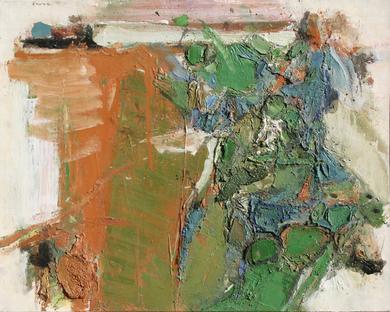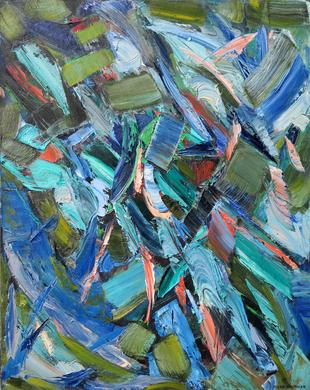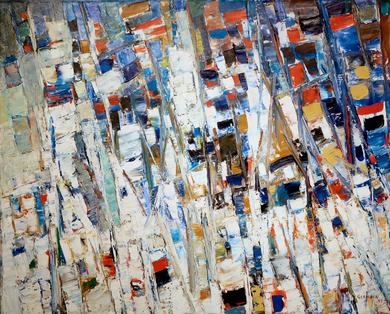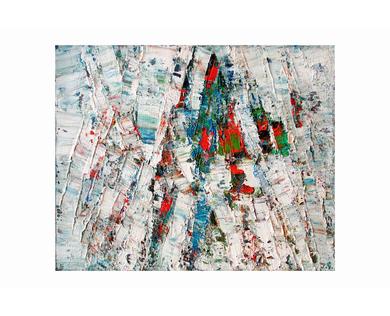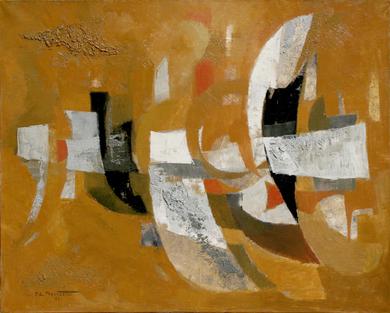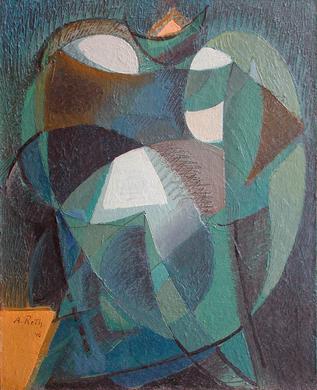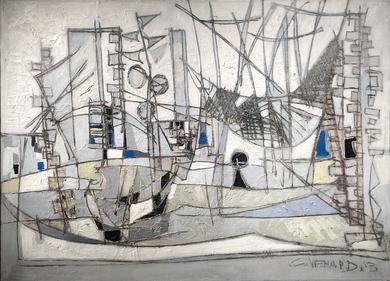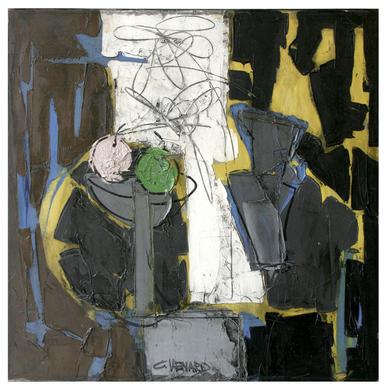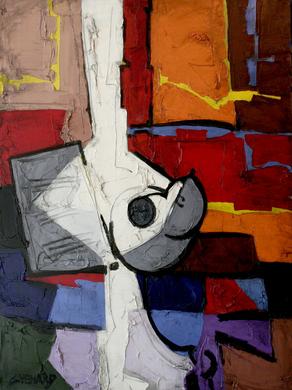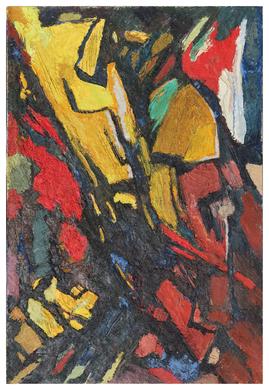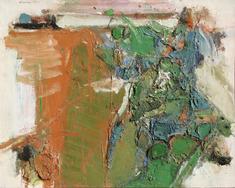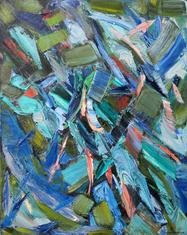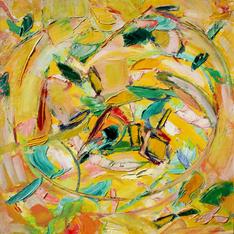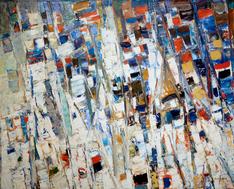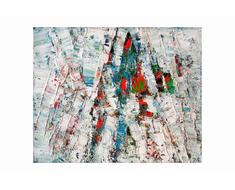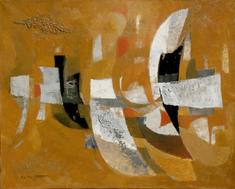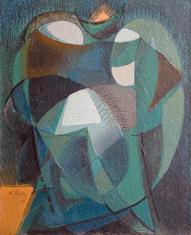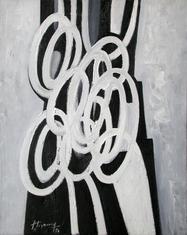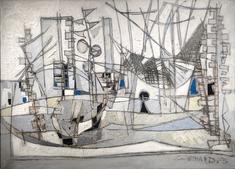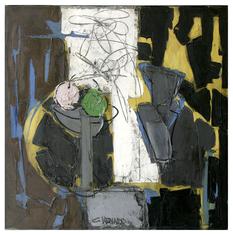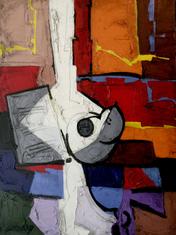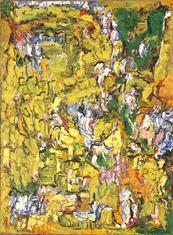Celebrating the visceral nature of impasto in post-war European art.
“At a certain moment, something fixes in the matter itself, and it is the manifestation of emotion.” Olivier Debré
With the emergence of gestural abstraction in post-war Europe through Tachisme and Abstraction Lyrique, the physicality of the paint became increasingly emphasised as a visceral means of expressing the artist’s motion/emotion. Rejecting the convention of a painting as a representation, the prevailing Modernist ideology advocated that the artwork should be autonomous. The viewer should be instinctively conscious of the paint itself. A “truth to materials” brought painters closer to sculptors direct carving. Jean Dubuffet stated that “art should be born of materials”. While the critic Roger Van Gindertael referred to “substance animé”, where the physical qualities of the paint and its application evoke a sensation in the viewer through its ability to convey raw energy and emotional intensity. Comparisons were drawn with Oriental calligraphy seeking to capture the immediate expression of the spirit in a single gesture.
This exhibition brings together a selection of artists from the era who explored this new means of expression in different ways. Jacques Germain’s compositions are built up through a myriad of small trapezoids of thick paint appearing to move in subtle murmurations. While Oscar Gauthier adopted a more gestural technique vigorously working thickly laden brushes in swirling vortices. The American born John Levée favoured a more “topographical” approach creating a varied surface of smoother sweeps of paint interspersed with islands of thick dense pigment. A similar technique was used by Pierre de Berroeta in his music inspired compositions; and was also employed by the Hungarian born Alfred Reth who went as far as introducing extra material to the paint such as sand and grit. An artist who became one of the most accomplished exponents of the impasto technique, Claude Venard, paradoxically rejected pure abstraction, maintaining a semi-figurative structure to his compositions, he would build up layer upon layer of paint mixed with varying resins and varnishes to remarkable effect.
The use of heavy impasto has since become second nature to artists, utilised in a multitude of ways, and taken to extremes by artists such as Miquel Barceló and Anselm Kiefer.

